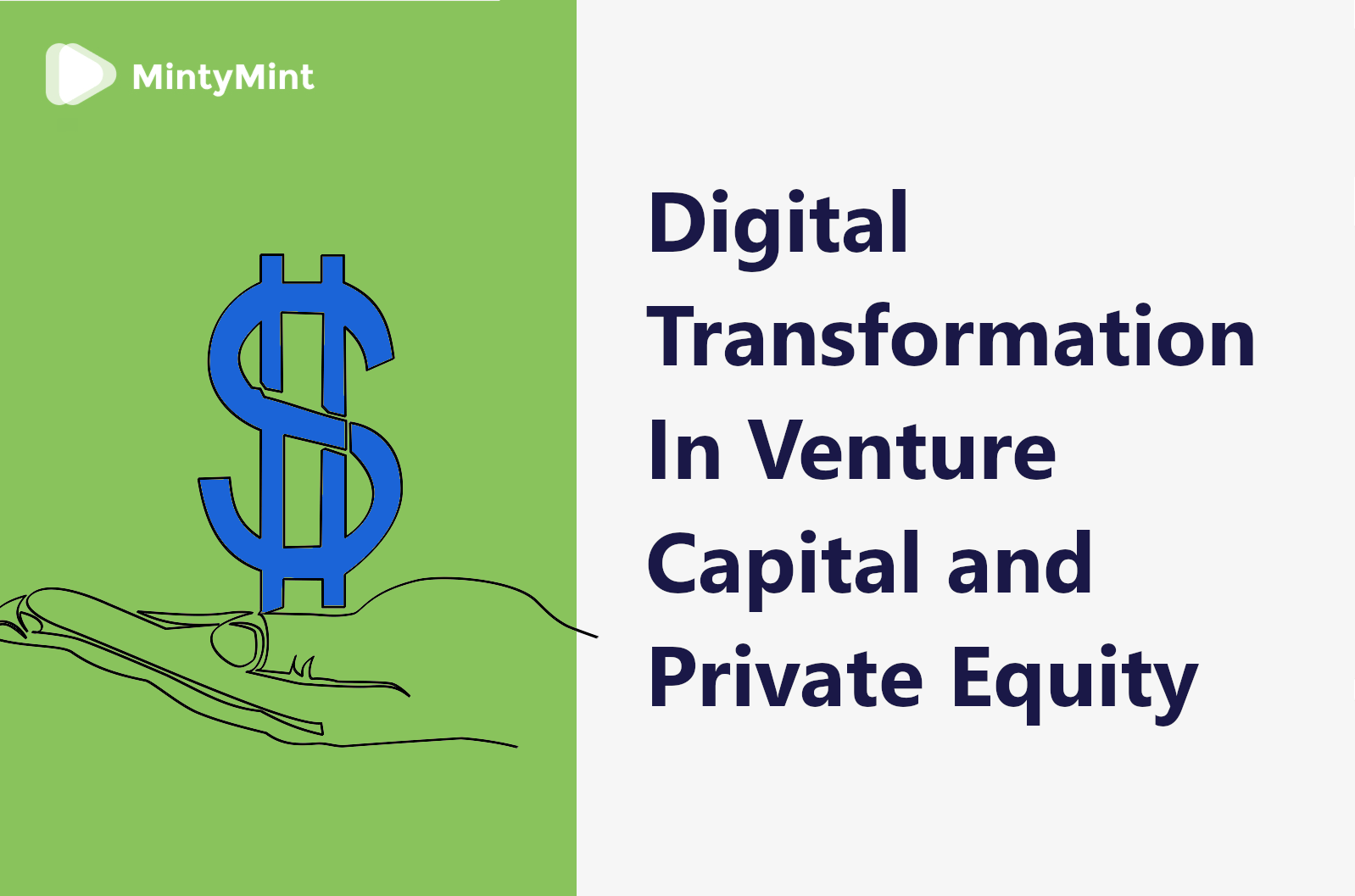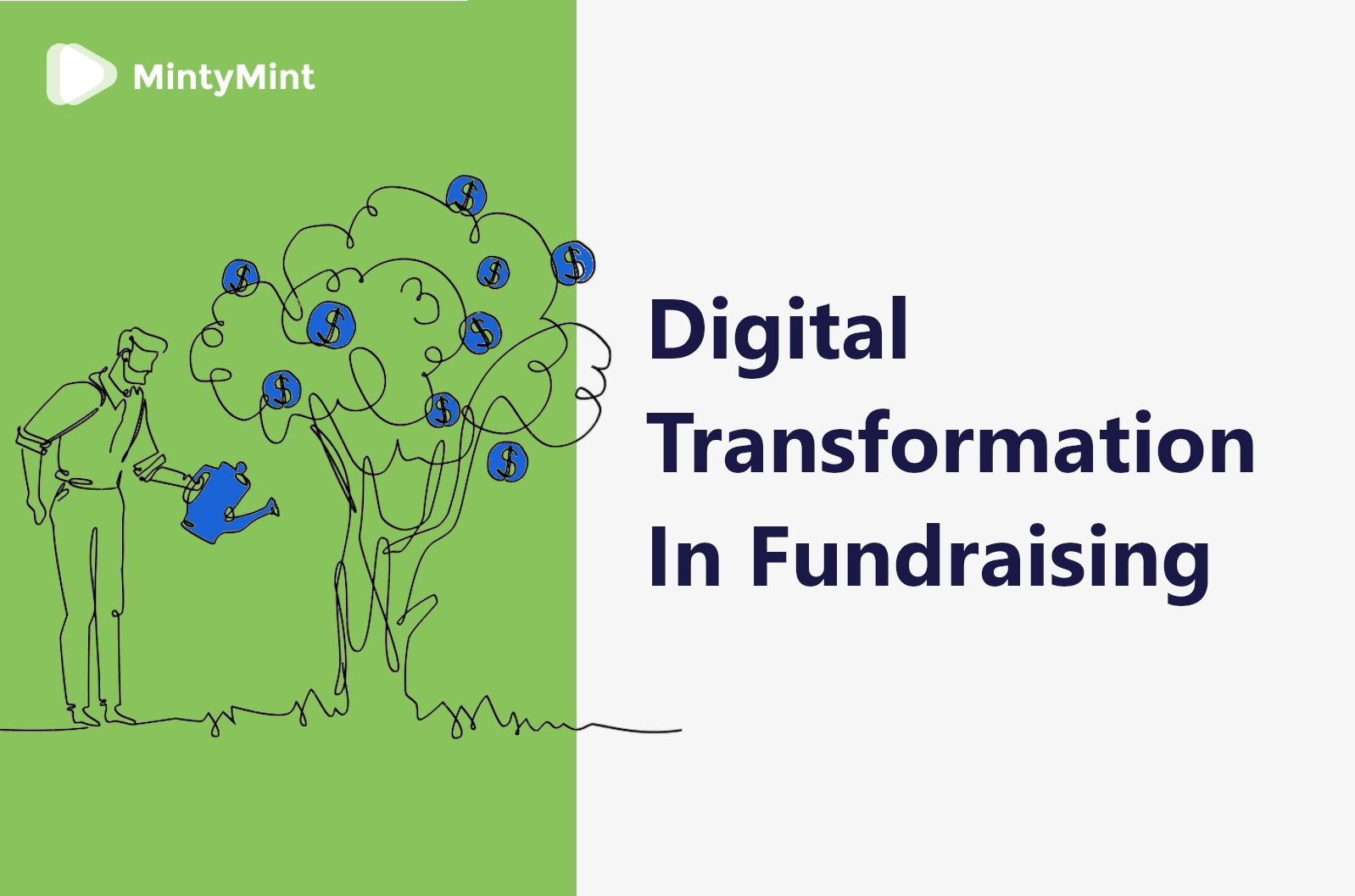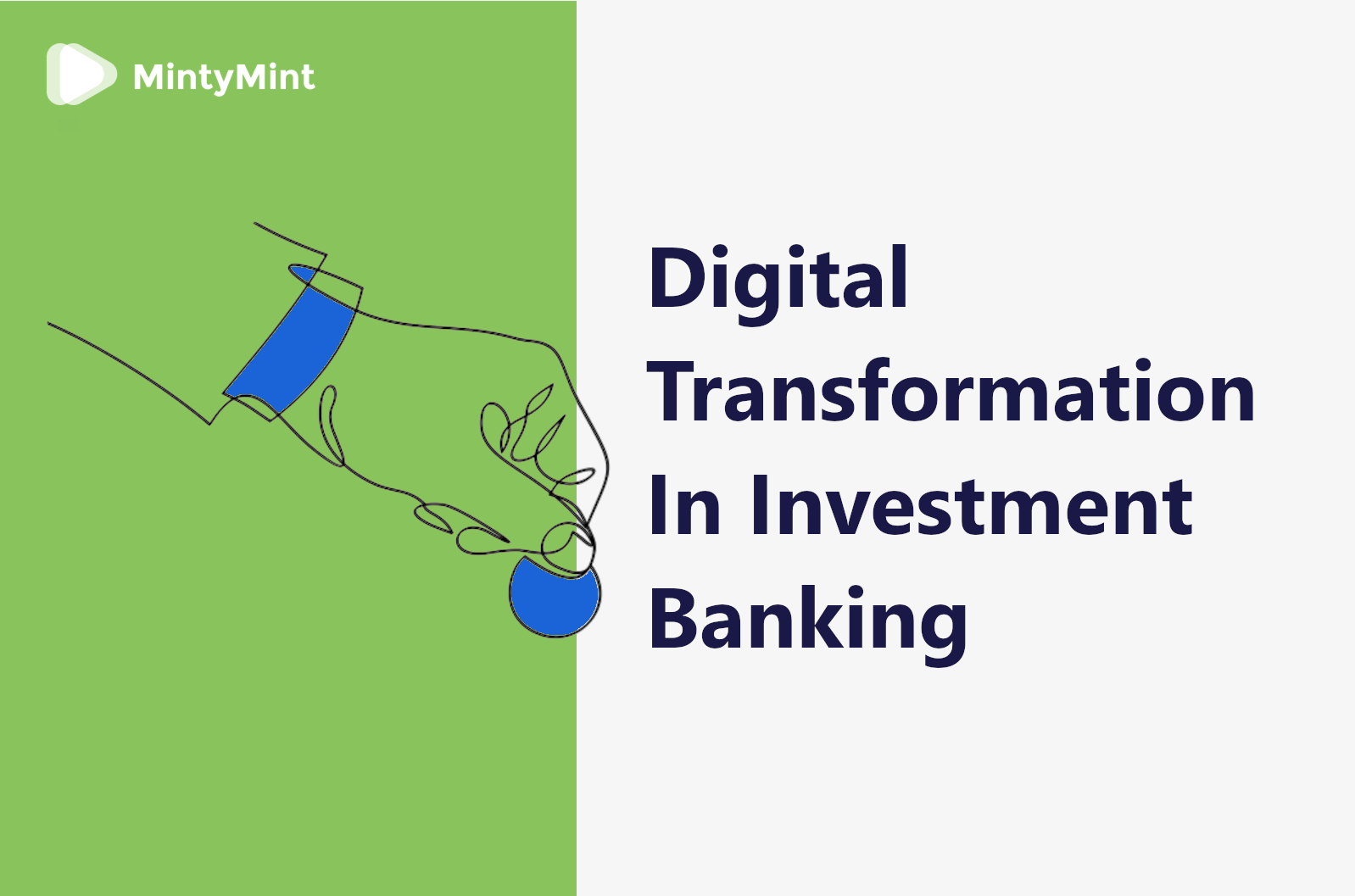Fintech is constantly developing, with new tools winning the consumer’s attention virtually every month. If you don’t want to miss out on a new bombshell in the niche, it’s important to keep a close eye on the latest trends and especially – newest apps. This is why we decided to review some of the brightest and most popular fintech applications in 2021.
But before jumping to the list itself, let’s look at the main groups of fintech apps.
Types of fintech applications
When it comes to modern fintech applications, there are 5 main categories these apps can be divided into. Those are:
- Personal Finance
- Digital Banking
- Investments
- Blockchain & Crypto
- RegTech
Naturally, these groups may overlap and it’s often hard to weed out a particular type or group. So, we’re not going to dive too deep into it. Instead, let’s waste no more time and move onto the list of the top fintech apps to watch in 2021.
Top 8 fintech apps to watch in 2021
Here they are, listed in a free order:
Mint
Personal Finance
Kicking the chart off, Mint is this year’s #1 personal finance solution in the USA.
Aggregating and evaluating a wide scope of information about the user’s cards, accounts, and transactions, the tool provides unparalleled opportunities for personal finance management. This includes sending due bills alerts, detecting spending patterns, and providing tips on how to save an extra buck. All of the app data is reliably encrypted, so there are no worries about the security, too.
Mint is available on both Android and iOS.
Revolut
Digital Banking
Moving on, Revolut is a bright example of a capable and multi-functional mobile bank that is gaining huge momentum in 2021.
Launched back in 2015, the UK-based startup is now worth almost $2 billion and growing. How did they do it? In essence, Revolut provides its users with a refined fintech space for conducting major banking activities. This includes money transfer and storage, currency exchange, payments, and ATM withdrawal. Operating within more than a hundred countries, the tool supports sending direct in-app transactions in 29 currencies, including popular cryptocurrencies like Bitcoin, Etherium, Litecoin, etc.
In fact, the only thing you can’t do with Revolut is plain out print the cash. But who do you complain about that…
Coinbase
Blockchain & Crypto
Speaking about alternative cash, we can not skip one of the most popular cryptocurrency exchanges on the market right now – Coinbase.
With a 25 million wide audience, the platform enables its users to monitor, invest in, and trade all the major cryptocurrencies in a safe and convenient way. Among the main feats and features, there are instant money transfers within the system, an option to schedule regular daily, weekly, and monthly acquisitions, and naturally for its niche – a top-notch level of cybersecurity to protect your funds.
All in all, anyone even remotely associated with cryptocurrencies must have heard about Coinbase, so it’s definitely among the top fintech apps to watch in 2021.
Nubank
Digital Banking
This $10 billion valued Brazilian startup is backing one of the most popular digital banks in the world right now.
Offering a wide range of perks as a digital banking service, it allows to monitor, manage, and withdraw funds from any place in the world. The app can also boast of a simple and intuitive interface, along with an extensive reward system to please every user.
With universally accepted credit cards, absent transaction fees, and one of the best UX/UI designs in the niche, Nubank takes its well-earned place on our list today.
Chime
Digital Banking
Another bright example of a modern digital banking solution is Chime.
What makes it stand out among its competitors is the virtual absence of fees, whether you’re transferring the money online or withdrawing from its impressive network of some 40.000 ATMs. Add an option to automatically save 10% of received payments and spendings, along with early funds withdrawal – and you get all the reasons to place Chime on the list of the top fintech apps in 2021.
Robinhood
Investments
When it comes to modern fintech opportunities, various investment tools occupy a special place.
In this regard, Robinhood is a revolutionary online brokerage solution. It enables buying and managing virtually every type of investment, from public companies’ stocks to ETF’s and indices, to cryptocurrencies – all at zero commission. The platform is integrated with over 3500 banks and provides real-time market data analysis for the users’ benefit and convenience.
All of the above has made it a leading digital investment tool on the market, worth every bit of attention.
MoneyLion
Digital Banking
MoneyLion is another bright example of a modern digital banking solution. The tool provides a combination of lending, savings, and wealth management services on a subscription basis.
Some of the service’s distinctive features include a mesh of over 50.000 fee-free ATMs, instant money transfers, and impressive (up to 12%) cashback rewards.
MoneLion enables its users to lend, manage, and save money in one place, which was enough to make it a Unicorn startup this year and place it on our list of the top fintech apps to watch in 2021.
Tellus
Personal Finance, Real Estate
Last but not least, Tellus is a magic wand for property and wealth management.
Providing an all-around platform for landlords and tenants to find, connect, and deal with each other in a safe and convenient way. The service provides in-app money transfers, messaging, as well as tracking and management of all rent-related activities like screening, payments, services, repairs, etc. The service also offers no-fee, no-limit deposits with progressive interest for “smart” savings.
With all that said, Tellus is definitely another tool to place on our list today.
Closing
The fintech industry is up and booming in 2021. Fueled by the pandemic-related contact restrictions, along with wider blockchain adoption and overall digitization of our daily lives, the demand for advanced IT solutions in the finance sector right now is unseen before.
This is a great time for the consumers to explore and enjoy new fintech tools and solutions, and an even greater moment for entrepreneurs to jump on the bandwagon and build a successful business in the niche. And the apps mentioned above provide a great example to prove the point.
Interested in fintech software development? Don’t hesitate to ping us and we’ll schedule a call!



























